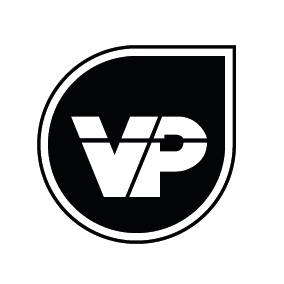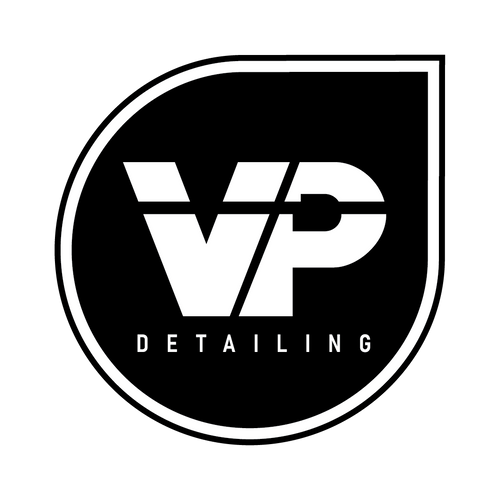The Three-Bucket Method: A Versatile Technique for Achieving a Clean and Scratch-Free Car Wash.
Why should I use two buckets?
When it comes to washing your car, using the proper technique is crucial to achieving a clean and scratch-free finish. The two-bucket method, which involves using two buckets - one for soapy water and one for rinsing your wash mitt - is a popular technique used by many car enthusiasts.
The two-bucket method works by preventing dirt and debris from getting back onto your car's paint as you wash it. When you dip your wash mitt into the soapy water, dirt and debris will accumulate on the mitt's surface. If you then dip the mitt back into the same bucket, you risk transferring the dirt back onto your car's paint, which can cause scratches and swirl marks.
To prevent this from happening, the two-bucket method requires you to use a second bucket filled with clean water for rinsing your mitt. After washing a section of your car with the soapy water, you should rinse your mitt in the clean water before dipping it back into the soapy water. This way, any dirt or debris that was on the mitt will be removed before you use it again on your car's paint.
It's important to remember that a thorough pre-wash using products like Traffic Film Remover (TFR) and Snow Foam is crucial before commencing your contact wash. These pre-wash stages effectively eliminate the most stubborn dirt and grime, significantly reducing the risk of collecting large, heavy particles with your mitt and dragging them across your car's paint. However, it's still possible for smaller particles to remain even after the pre-wash, which can cause swirl marks. That's where the two-bucket method comes in, allowing you to minimize the risk of damage to your car's paint by using separate buckets for your soapy water and rinse water.
Three buckets seem over kill.
While the two-bucket method is an effective way to wash your car, it has its limitations. For example, it doesn't account for the wheels and tires, which can be some of the dirtiest parts of your car. That's where the three-bucket method comes in.
The three-bucket method involves using three buckets - one for soapy water, one for rinsing your wash mitt, and one for cleaning your wheels and tires. By using a separate bucket for your wheels and tires, you'll prevent dirt and debris from being transferred onto your car's paint, which can cause scratches and swirl marks.
When cleaning your wheels and tires, it's important to use a separate cleaning solution and wash mitt or brush. This is because the wheels and tires can accumulate brake dust, dirt, and other contaminants that can be difficult to remove. Using a separate bucket and cleaning solution for your wheels and tires will ensure that you're not spreading dirt and debris onto your car's paint as you wash it.
But the three-bucket method isn't just for cleaning your wheels and tires. You can also use the third bucket for other tasks, such as cleaning your undercarriage or applying a pre-wash solution. By having a dedicated bucket for these tasks, you'll prevent cross-contamination and keep your car looking its best.
The importance of using proper detailing buckets.
When it comes to using the three-bucket method, it's important to use proper detailing buckets. These are buckets that are specifically designed for washing your car and have a number of features that make them ideal for the task.
For example, proper detailing buckets are typically larger than standard buckets, which allows you to fit more water and cleaning solution inside. They also often come with grit guards, which are inserts that sit at the bottom of the bucket and help to trap dirt and debris. This prevents the dirt from being picked up by your wash mitt and transferred onto your car's paint.
In addition, proper detailing buckets are often made from high-quality materials that are resistant to cracking and breaking. This is important, as you don't want your bucket to break or leak while you're washing your car, as this can lead to water spots or other damage to your car's paint.
Keep your mitts out of those buckets!
It's highly recommended to avoid placing your wash media on the floor or in a bucket for too long, even if you have a grit guard in place. This practice poses a significant risk of introducing grit and grime into your wash mitt or brush, which can lead to scratches and swirl marks on your car's paint. Instead, it's best to have a dedicated clean area to store all your wash apparatus. By keeping your wash media in a clean and safe location, you can reduce the risk of contamination and ensure a swirl-free wash.





